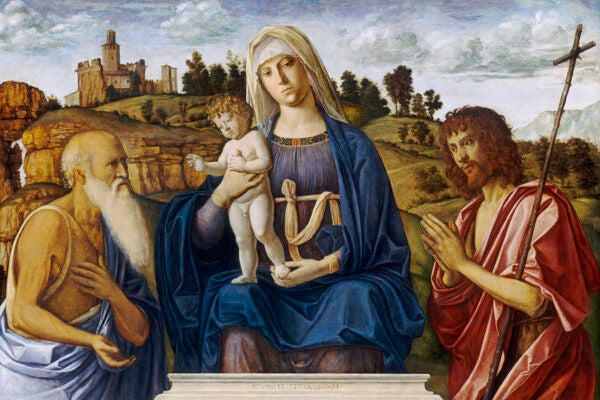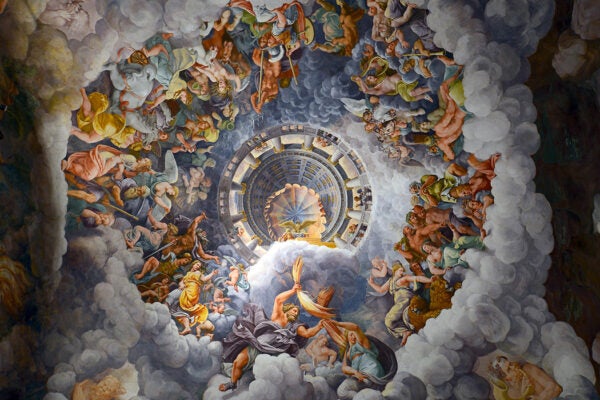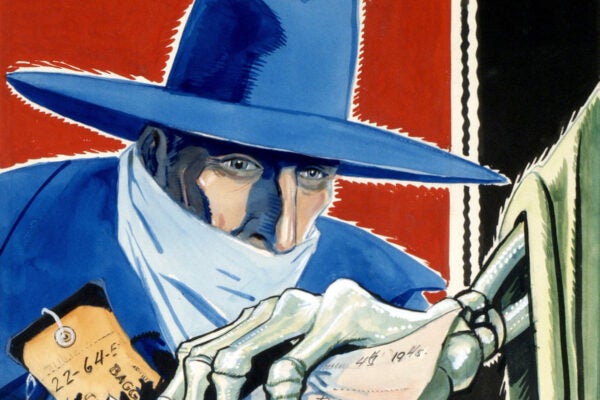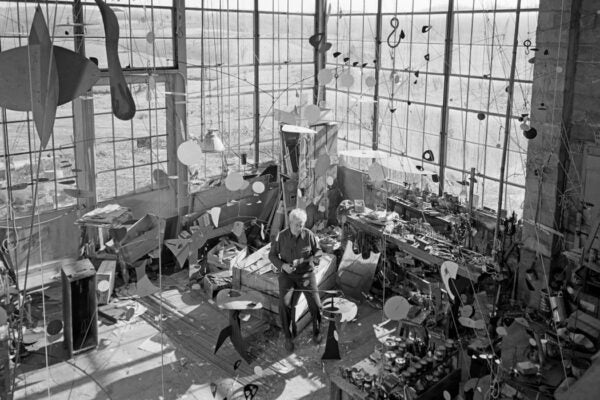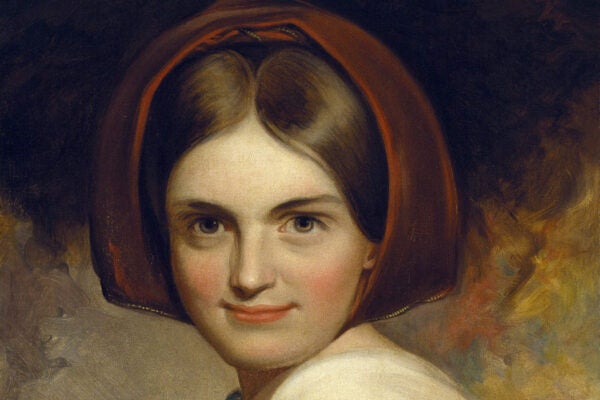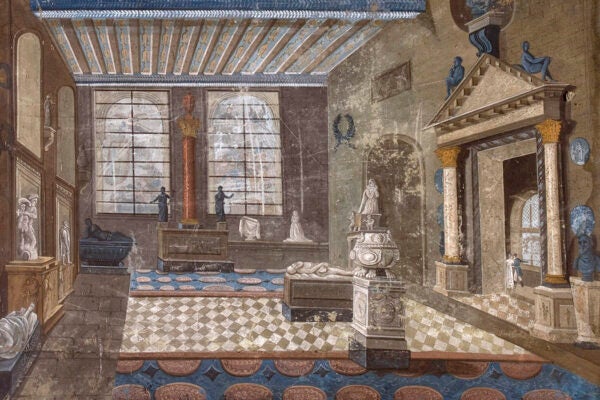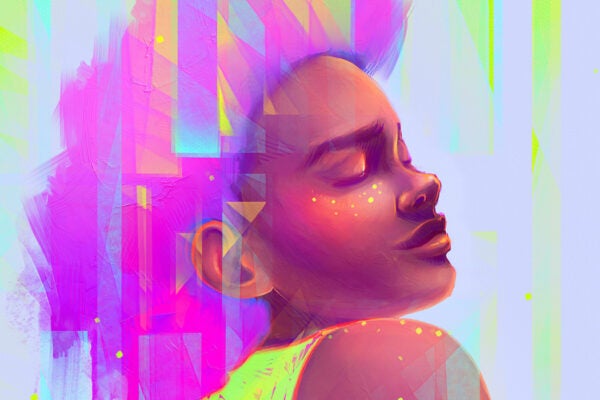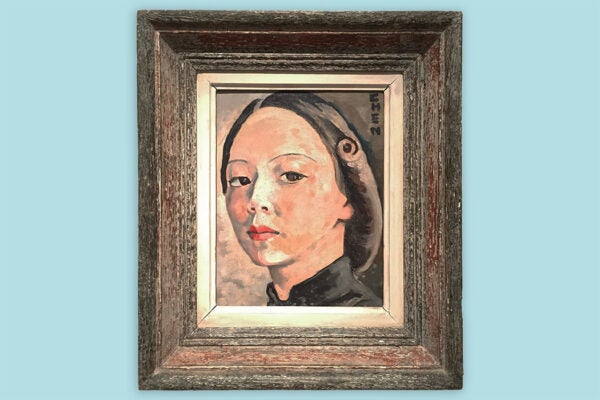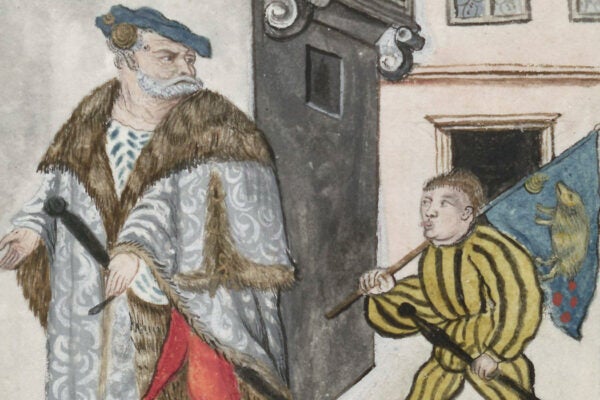How Renaissance Art Found Its Way to American Museums
We take for granted the Titians and Botticellis that hang in galleries across the United States, little aware of the appetites and inclinations of those who acquired them.
Lessons in Mannerism at the Palazzo del Te
The offbeat and unexpected Palazzo del Te, designed by Giulio Romano for Federigo II Gonzaga, Duke of Mantua, has become an icon of Mannerist architecture.
What the Shadow Says
The appearance of the vigilante crime fighter known as the Shadow in the writings of Plath, Kerouac, and Baraka reveals a twentieth-century duality.
Alexander Calder, Sculptor
Calder was known for both his delicately balanced kinetic sculptures and the massive steel abstractions he designed for public squares around the world.
The Long Shadow of the Jolly Bachelors
More than a century ago, Charlotte Cushman presided over a group of queer female artists who supported one another’s creativity and left a pioneering, if overlooked, legacy.
Saving Art from the Revolution, for the Revolution
Alexandre Lenoir’s Musée des monuments français, founded to protect French artifacts from the revolutionary mobs, was one of the first popular museums of Europe.
Remembering Maud Lewis
A symbol of resilience and resourcefulness, Lewis remains one of Canada’s best-loved and most-celebrated folk artists.
Going “Black to the Future”
How has Afrofuturism supported the imagining of other worlds in the face of the anthropogenic climate crisis?
The Genius of Georgette Chen
Little known outside of Singapore and Malaysia, Georgette Chen was an iconic artist of the Nanyang Style.
The Art of Renaissance Clothes
While Spanish Catholicism and reformatory Protestantism favored black clothing, much of the Renaissance happened in an explosion of color.
